Adapted from rules that I keep for myself, each of these general “commandments” is the sum of a number of smaller, more specific rules that I’ll go into in the accompanying annotations. I constantly need reminders to do the right thing; half the battle of art seems to be remembering what you knew even as you learn more.
With annotation the full 10 Commandments were getting a bit hefty, so the second half will be presented in a follow-up article next month.
1. Know Thyself
This Ancient Greek aphorism is particularly relevant for us as artists for two reasons:
- Because all art is, to some degree, a declaration of philosophy. What I mean is: your art tells us what you know, and what you are, and what you believe in. It can’t help but show us your unique point of view. Expert painters can look at your work and know exactly what you were thinking as you laid down individual marks. It’s freaky – but incredible – and proves what a powerful recording medium art is.
- Because no two artists are exactly the same. Considering the above, how could they be? This means that when all is said and done, no one can train you to be you or tell you what is best. In fact, no one can definitely tell you anything about yourself – you have to know. This knowing will affect everything from your choice of subject matter to your handling methods. Additionally, the market encourages us to differentiate ourselves for business reasons, so we are highly incentivized to be “unique.” Since we are all unique by default, I wish there was a little less emphasis on this, but it is what it is.
So: you are an artist, you have access to the fundamentals, the history of art-making, your experiences and convictions, and your art reflects everything about you. Oh my.
Luckily, painting lets us sneak up on it. We can engage with our own ideas, exploring and refining them, without having to commit to them definitely. We can test and engage with our philosophy, working it out on the canvas, slowly growing bolder. It takes time. Somehow, all along, viewers seem to be able to recognize “us, the painter” and track that essence across disparate canvases. If only we could see for ourselves what is so obvious to others!
Masters seem to be artists who have looked themselves in the face, and accepted what they saw there. Their work shines brilliantly. In wrestling with my own philosophy, I often reference this note:
“Do not seek an affected outlook; a point of view that shows off something about you – this is novel but ultimately cloying. Strive only to be correct more and more, discarding what is wrong and adopting what is right.”
2. Husband your Strength
This commandment comes straight from Sun Tzu’s The Art of War. He was talking about armies, but for us, basically: take care of yourself. Think of yourself like an athlete; protect your ability to perform and design your choices to enable your best performance. I’d also like to point out that this is a lesson most artists don’t learn until they are already paying the price, myself included. A few points to consider:
- Sleep as much as you need, and no more. No amount is too much if it maximizes your waking hours. I need a lot of sleep – 9 hours per night. Dial it in for yourself, and protect your number.
- Work the proper amount. I say “proper” because like sleep, the exact amount is different for everyone. If you want to be an illustrator but find it difficult to sit down and paint without getting distracted, you’ll need to find strategies to keep your butt in the chair and paint a bit longer. If you’re a workaholic like me, you’ll need to create rules to limit and protect yourself. However much you work, take breaks. Some people can remember to take breaks; I recently started using Work Rave to force myself to take them.
- Eat well. Food is fuel for all you hope to accomplish, so eat the best. For myself, this means a low-inflammation diet high in Omega-3s, fresh vegetables, and non-processed meats, with as little sugar as possible. This diet protects my tendons (one of which is injured), and contributes to making a lifestyle involving a lot of digital art with repetitive motions possible.
- Protect your ability to concentrate. This will sound old hat by now, but relegate social media, email, television, and any other distractions to their proper place, both during painting time and in your life generally. I again say “proper” because it’s a very individual balance to strike for each of us. Experiment with what you can cut out. I used to be able to watch television while painting, but now I can barely listen to music unless it’s instrumental or I’m very familiar with it, and what I can cope with varies along with what part of the process I’m in.
3. Have a Teacher
The world’s best athletes and musicians have coaches. Are you already better at painting than Steph Curry is at shooting 3’s? No? Well, that guy has a coach, a teacher. We need teachers to point out what we can’t see ourselves, and to cut through all our BS. Get someone you respect, who you’ll always listen to, and don’t be afraid to pay for it – it’s a write-off, after all.
If you stop improving with one teacher, don’t be afraid to move on. A teacher can only raise you to the level that they or one of their students has attained, so ultimately you will want to be learning from the very best in your specific field. By that I mean: if you want to paint digitally don’t mess around, get Craig Mullins. He teaches through Schoolism for a completely reasonable fee. Brushy, oil-painted figures? Greg Manchess, through SmArt School. And on and on, for every exact goal there is a perfect teacher.
If the teacher you want doesn’t currently teach, reach out to them directly; make them an offer. Or, start small – approach them at a convention and ask for a review. I have found artists to be a very generous bunch. Having a coach is an investment in your own skills and business, it will serve you better in the long term than anything else you could invest in.
4. Get Comfortable with Discomfort
A great coach should be constantly putting you out of your comfort zone, poking and prodding in targeted ways to keep you stumbling forward. When you don’t have a teacher, these ideas can still help:
- Embrace Opposites | Many sound pieces of artistic advice contradict one another. “You need to concentrate on what you’re painting, but also not smother it; stay automatic and instinctive.” Learn to accept these dualities and do not find fault with any kernel of advice that can help you simply because it is contradictory; understand that in time your expert opinion will incorporate the nuances of both truths, like two sides of one very real coin.
- Embrace Failure | Aside from the specific physical concerns mentioned in 2. Husband Your Strength, art is relatively safe. As Brian Stelfreeze is fond of saying, “If you make a bad painting, you don’t suddenly have cancer.” The stakes are low, but your brain will tell you, “BE SAFE; LOOK OUT; DON’T VENTURE OFF!” The brain, like the rest of the body, is built on a system of homeostasis and wants things to stay the same. To grow and improve we MUST break this stasis by attempting that which we cannot currently achieve (often under the guidance of a teacher). Try something new, play – shake it up. A hardy tolerance for failure and an adventurous spirit will be of great benefit to you.
This entire outlook was summed up well by one of my favorite painters, Alex Kanevsky, when he was asked what advice he would give artists:
“The moment something works well and is under control – is the time to give it up and try something else.
Put all your eggs in one basket. Precarious situations produce intense results.”
5. Don’t Quit
Decide this up front and when you come to tough times (as we all do), you’ll already have your answer ready and waiting; “I will not quit.” The only sure-fire way to fail to become a professional artist (or the artist you want to be) is to quit trying. Get a big ego and keep it – but keep it close. We need humility to grow, but self-assurance (bordering on arrogance) to persevere; it’s one of those dualities we learn to accommodate as we go along. Anything that is possible is within your scope, and don’t forget it.
A great teacher or a great community can really help with this. Early on when I would try to quit, Brian would say to me, “Nah, don’t quit! You’re so close – just keep going.” I really valued his opinion and I did stick with it, thinking I’d eventually get “there.” But, we never do. Instead the mind adapts to the constant struggle of being “almost there,” and we forge ahead, our hope burning bright. Now I gratefully keep this note for myself:
“Encourage artists as you were encouraged. Don’t let them quit, but don’t sugarcoat how hard it will be. Support what is possible with sustained effort: anything.”
________________________________________________________
Commandments 6-10 will appear in Part 2…


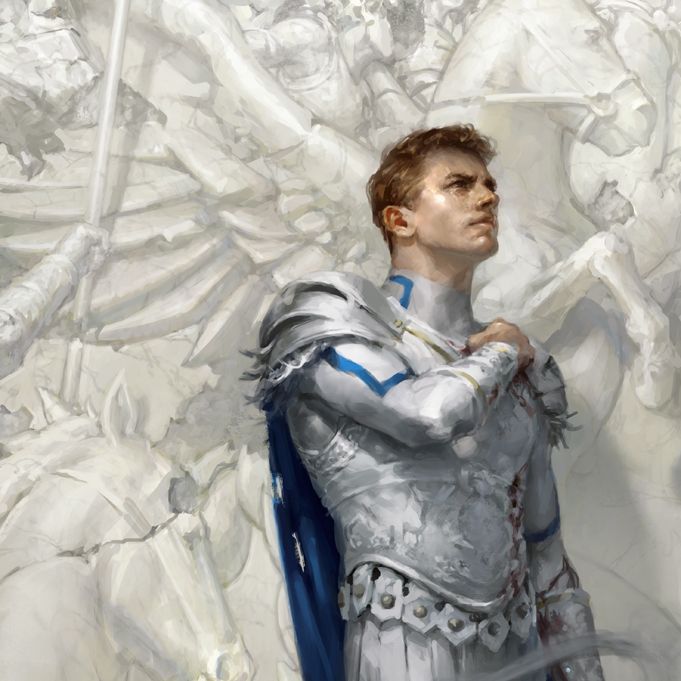
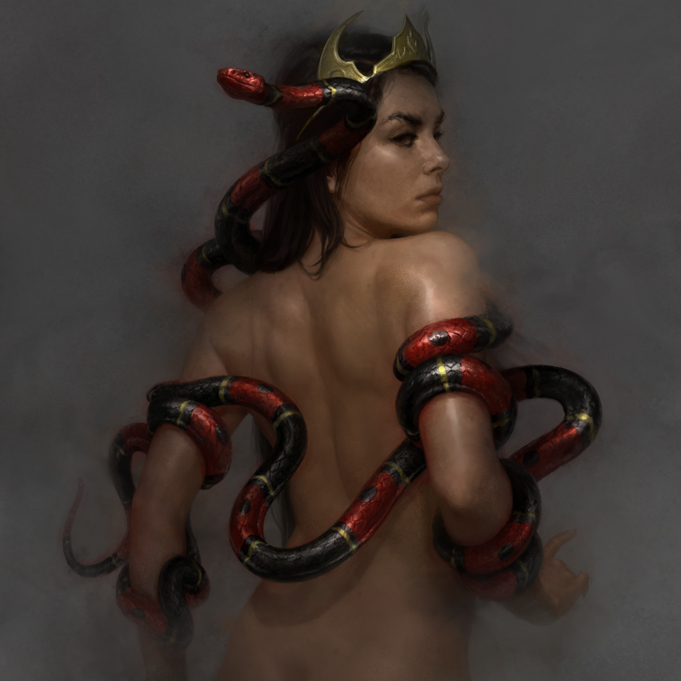
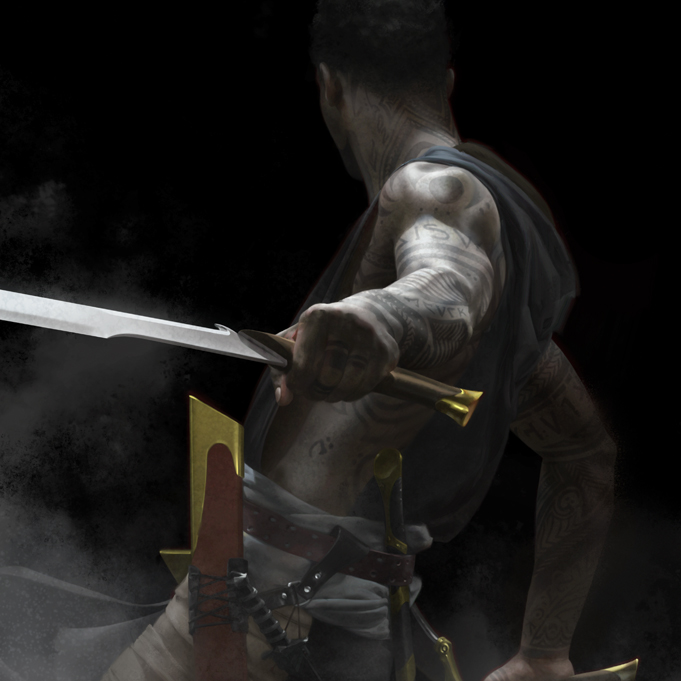
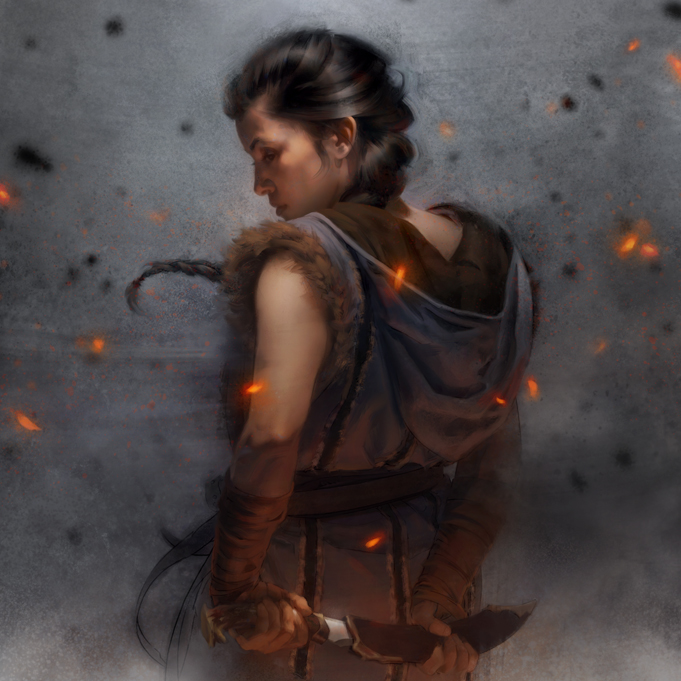

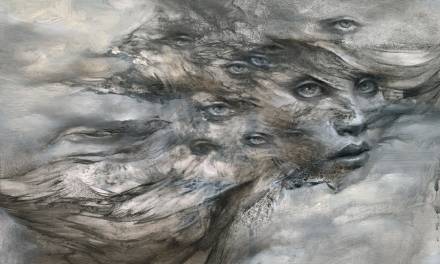


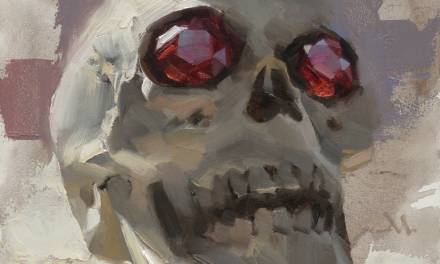
This is great stuff man – I really appreciate the encompassing view you take on the world of art, as in how all 5 of these cover topics outside the process of marking marks. Cheers, looking forward to 6-10.
Great read. So much truth here
I needed that. Thanks for the encouraging post.